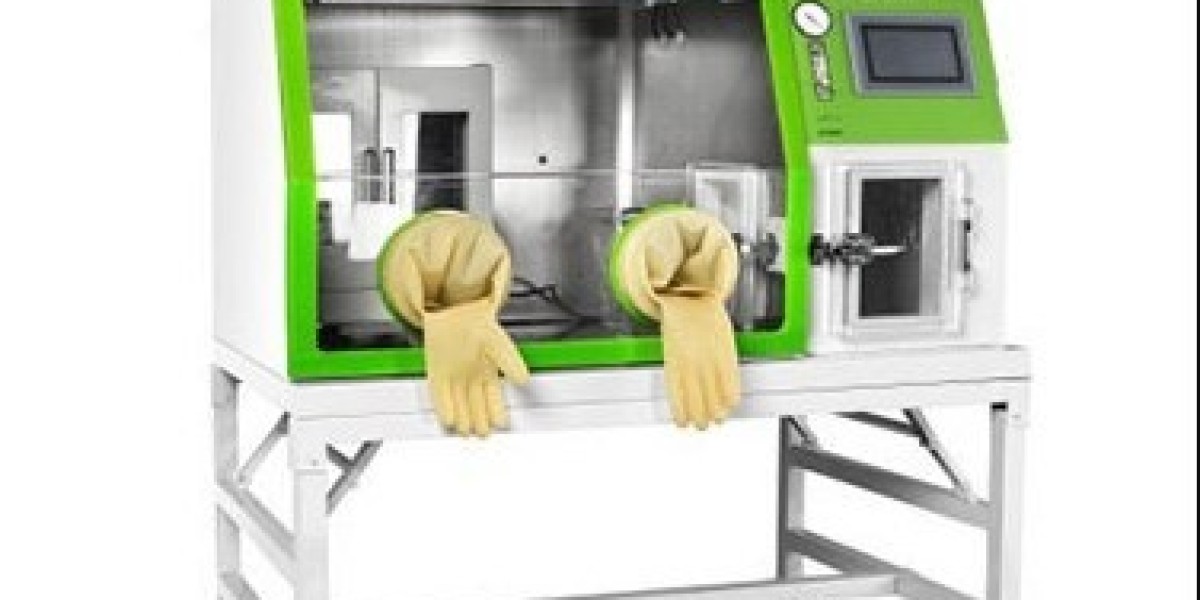As laboratory instruments, incubators are used to create controlled environments for the growth, cultivation, and preservation of biological samples. They provide stable temperature, humidity, and sometimes CO2 levels to support cell culture, microbial growth, and other laboratory processes. Here are some common types of incubators used in laboratories:
lCO2 Incubators: These incubators provide a controlled environment with a specific concentration of carbon dioxide (CO2), typically around 5%. They are commonly used for cell culture, as the elevated CO2 levels help maintain the pH balance of the growth medium and promote optimal cell growth.
lShaking Incubators:These incubators are equipped with a platform that oscillates or rotates, providing agitation to the samples. They are commonly used for cell culture, microbial cultures, and other applications where mixing or aeration is required. Shaking incubators can be combined with temperature and humidity control to create a precisely controlled shaking environment.
lMulticompartment Incubators: These incubators consist of multiple chambers or compartments, each with independent temperature control. They allow different samples or experiments to be incubated at different temperatures within the same unit. Multicompartment incubators are useful for simultaneous experiments with varying temperature requirements.
lAnaerobic Incubators: These specialized incubators create an oxygen-free or low-oxygen environment to support the growth of anaerobic microorganisms. They often use gas mixtures of nitrogen, hydrogen, and carbon dioxide to displace oxygen. Anaerobic incubators are essential for studying and cultivating anaerobic bacteria or conducting experiments requiring an oxygen-free atmosphere.
lMicrobiological Incubators:These incubators are specifically designed for microbiology applications. They provide a controlled environment for the incubation of petri dishes, agar plates, or other microbial culture vessels. Microbiological incubators typically offer temperature control, often ranging from around 5C above ambient temperature to 70C.
These are some of the commonly used types of incubators in laboratory settings. It's important to select the appropriate incubator based on the specific requirements of the experiment or application, including temperature range, humidity control, CO2 levels, and any other specific environmental conditions needed for the growth and cultivation of the samples.








